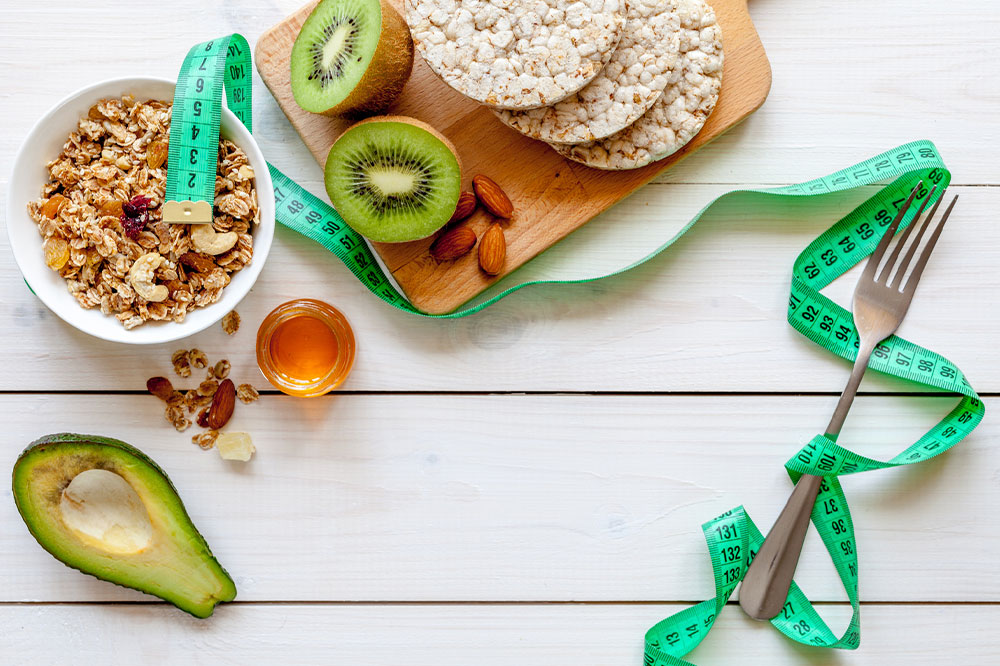Comprehensive Guide to the BRAT Diet: Essential Foods and Avoidances for Gastrointestinal Comfort
This comprehensive guide explores the optimal foods for managing gastrointestinal issues with the BRAT diet. It details what to eat, including bananas, rice, applesauce, and toast, along with suggestions for expanding nutritional variety. The article also highlights foods and drinks to avoid to ensure a speedy recovery from nausea and diarrhea, making it an essential resource for digestive health management.

Comprehensive Guide to the BRAT Diet: Essential Foods and Avoidances for Gastrointestinal Comfort
Maintaining proper nutrition is fundamental when it comes to managing digestive health issues. Whether you're recovering from illness, experiencing nausea, diarrhea, or other gastrointestinal distress, dietary choices can greatly influence the healing process. The BRAT diet—short for Bananas, Rice, Applesauce, and Toast—has long been recommended by healthcare professionals as a gentle, stomach-friendly way to soothe and calm the digestive system.
Understanding the BRAT Diet
The BRAT diet is a simple eating plan that consists of four bland foods: Bananas, Rice, Applesauce, and Toast. It is designed to provide nutrients in a way that minimizes irritation to the stomach and intestines, promoting quicker recovery from gastrointestinal issues. This diet is particularly useful for individuals suffering from nausea, vomiting, and diarrhea, as it helps reduce the workload on the digestive system and prevents further discomfort.
Benefit of Bananas
Bananas are one of the most recommended foods for digestive relief. They are gentle on the stomach and rich in pectin, a soluble fiber that helps absorb liquid in the intestines, thus reducing diarrhea. Moreover, bananas contain natural sugars that provide a quick energy boost, which can be especially beneficial when dealing with illness-induced fatigue. Their ability to stimulate mucus production in the stomach lining forms a protective barrier against gastric acids, helping to soothe nausea and promote comfort.
Why Rice is a Staple
Rice, especially white rice, is a universally accepted staple in the BRAT diet because of its bland nature and high digestibility. It provides a source of calories without overwhelming the stomach. Rice helps bind stool, reduces diarrhea, and offers a calming effect on an upset stomach. Its low fiber content makes it easier to digest and less likely to cause further irritation, making it ideal during the recovery phase from gastrointestinal ailments.
Applesauce and Its Role
Applesauce offers a mild sweetness with easily digestible soluble fiber called pectin. It helps regulate digestion by soothing the gastrointestinal tract and preventing severe nausea and diarrhea. Applesauce also provides a quick source of energy in a gentle form that does not stress the stomach. Its smooth texture makes it a preferred fruit option during recovery from digestive disturbances, especially when raw fruits might aggravate symptoms.
Benefit of Toast
Dry toast is included in the diet because it is simple, bland, and easy on the stomach. It provides necessary calories and helps absorb excess stomach acid, reducing discomfort. Toast also adds bulk to stool and can help mitigate diarrhea. Choosing plain, lightly toasted bread ensures minimal irritation and offers a comforting, energy-providing food choice for those dealing with gastrointestinal distress.
In recent years, health professionals have emphasized expanding the BRAT diet to include a more diverse and nutrient-rich range of foods that remain gentle on the stomach. This approach helps prevent nutritional deficiencies and provides a broader spectrum of essential nutrients during recovery.
Adding Variety to the BRAT Diet
To enhance nutrition without upsetting the stomach, it's recommended to incorporate gentle proteins, beneficial probiotics, and soft fruits. Light proteins such as boiled eggs, rice cereals, oatmeal, and low-fat yogurt support gut health and provide necessary amino acids. Soft fruits like avocados, melons, and steamed vegetables such as carrots and zucchini add vital vitamins and hydration, promoting faster recovery while ensuring the diet remains stomach-friendly.
Sensible Meat Choices and Hydration
Lean meats like chicken, turkey, and tuna can be added in small quantities, prepared with minimal spices to prevent irritation. They supply essential proteins necessary for tissue repair. Hydration is equally critical; fluids such as diluted apple juice, coconut water, clear broths, and rehydration solutions help replenish lost electrolytes, preventing dehydration and supporting the body's healing process.
Foods and Drinks to Avoid
Equally important is understanding foods that can worsen gastrointestinal symptoms. Full-fat dairy products, greasy meats, raw vegetables, citrus fruits, hot or cold beverages, caffeinated drinks, and flavored sodas should be avoided until full recovery. These items can irritate the stomach lining, increase acidity, or stimulate diarrhea, hampering the healing process. Adhering to a stomach-friendly diet minimizes setbacks and accelerates recovery.





